Today after work I took my camera out again to get some material for articles for HIVE. I went out into nature, but in fact my steps took me through the weeds around the railroad tracks.
It would seem to be a lowly place with nothing of interest. But I was drawn there by the striking yellow flowers of the sunflowers.
What kind of sunflowers, you might ask? Everyone knows sunflowers, and these aren't sunflowers.
Well, actually, they are. This flower is called the sunflower topinambur or Jerusalem artichoke, and it is characterized by having edible (and good and healthy) tubers. It was grown in the past as a variety of potatoes (and a bred variety is still grown today).
The Jerusalem artichoke blooms in the fall and provides late feeding for bees (as you can see in the photos).
Dnes po práci jsem si vzal foťák, abych zase nabral nějaký materiál pro články na HIVE. Mohl bych říct, že jsem si vyšel do přírody, ale ve skutečnosti mě moje kroky dovedly mezi plevel kolem železniční trati.
Mohlo by se zdát, že je to podřadné místo, kde nic zajímavého není. Mě tam ale přilákaly výrazné žluté květy slunečnic.
Možná si řeknete, jaké slunečnice? Slunečnice přece každý zná, a tohle nejsou slunečnice.
No, ve skutečnosti jsou. Tahle květina se jmenuje slunečnice topinambur a vyznačuje se tím, že má jedlé (a dobré a zdravé) hlízy. Vlastně se v minulosti pěstovala jako varianta k bramborám (a existuje šlechtěná varianta, která se pěstuje dodnes).
Slunečnice topinambur kvete na podzim a vlastně poskytuje pozdní pastvu včelám (jak je vidět i na fotkách).
Thank you for taking the time to read this post, if you have any questions, criticisms or suggestions I would appreciate it if you would throw them in the comments box
Translated with www.DeepL.com/Translator (free version)

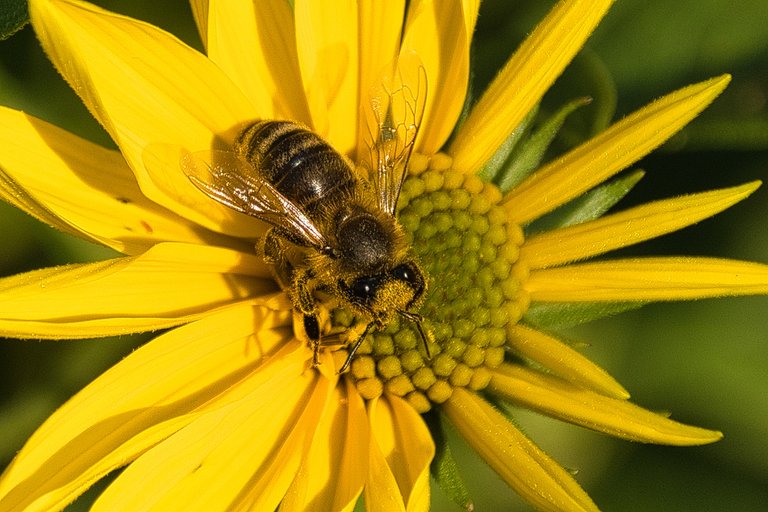
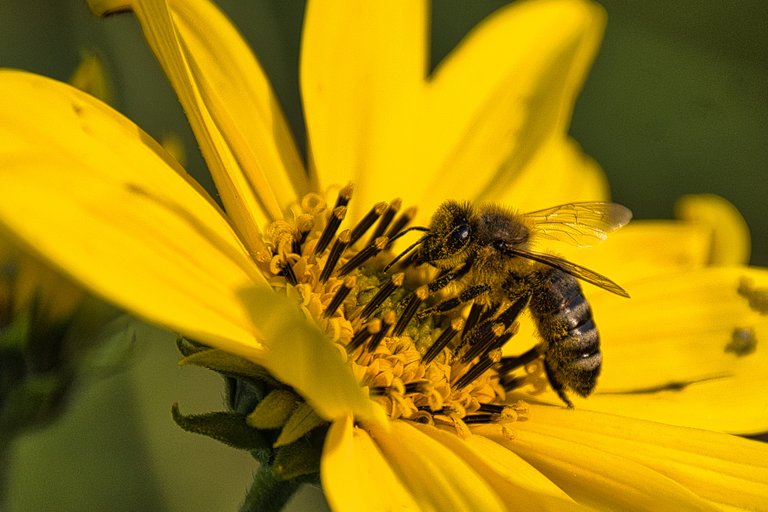
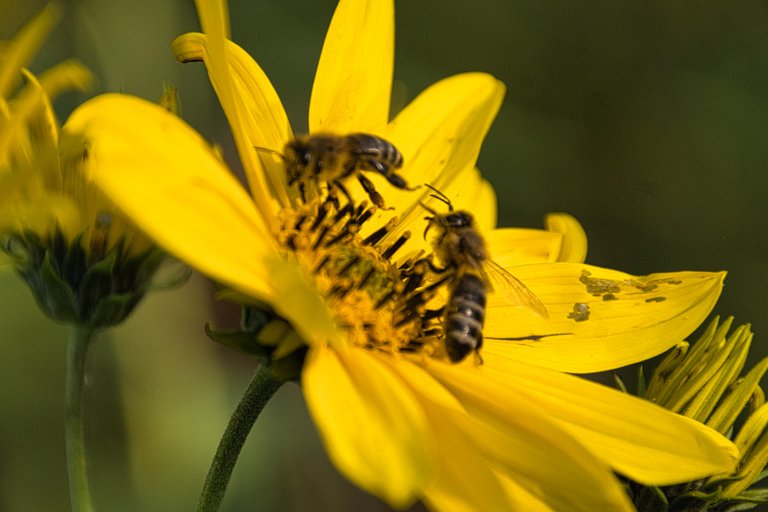
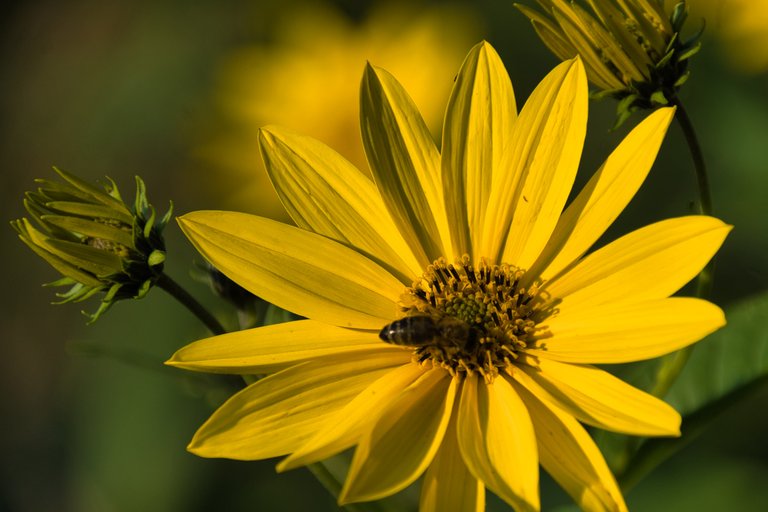
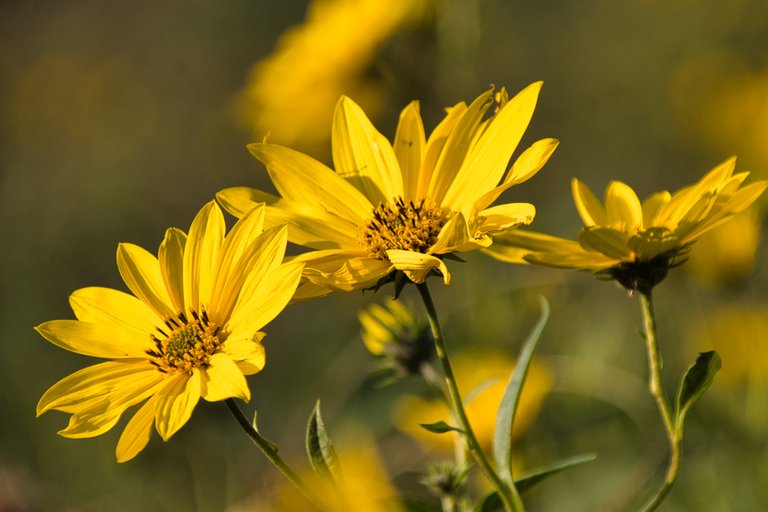
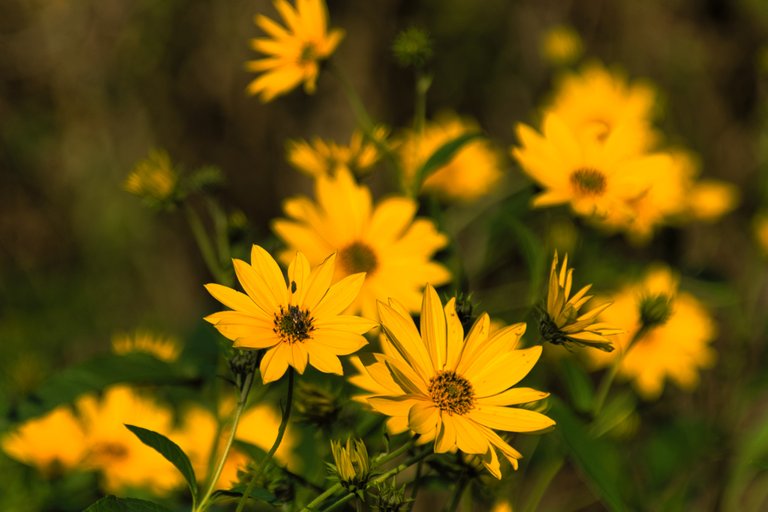
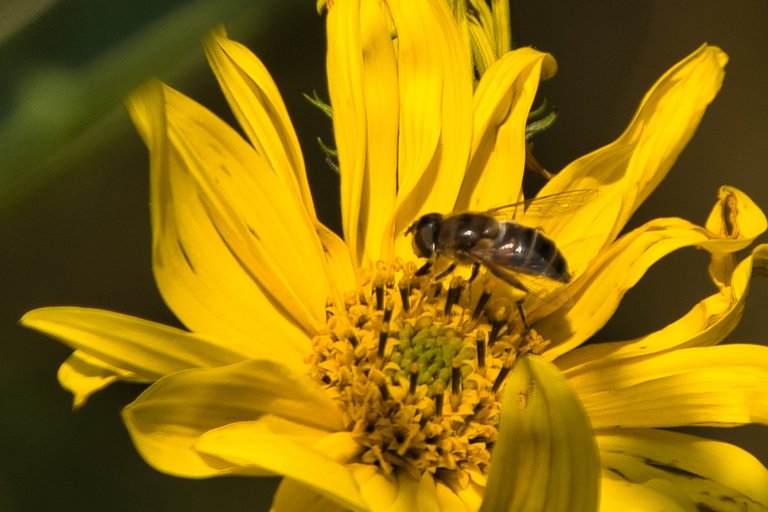
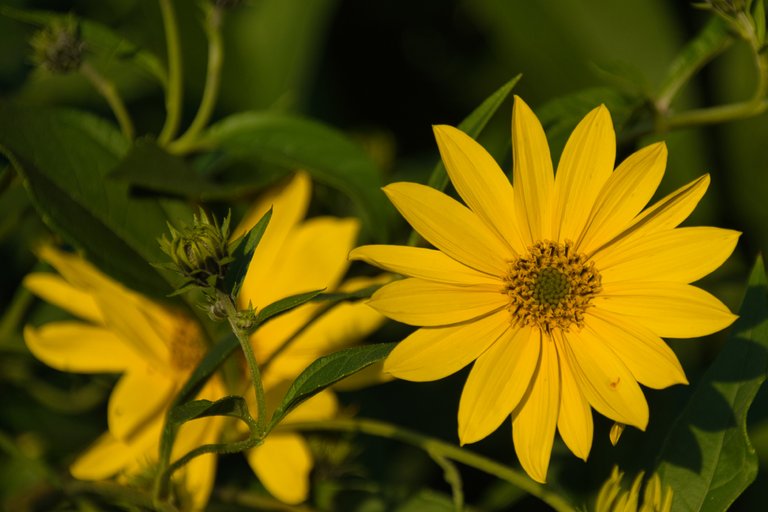


Wonderful shots!!!
Thanks 🍀
Good one